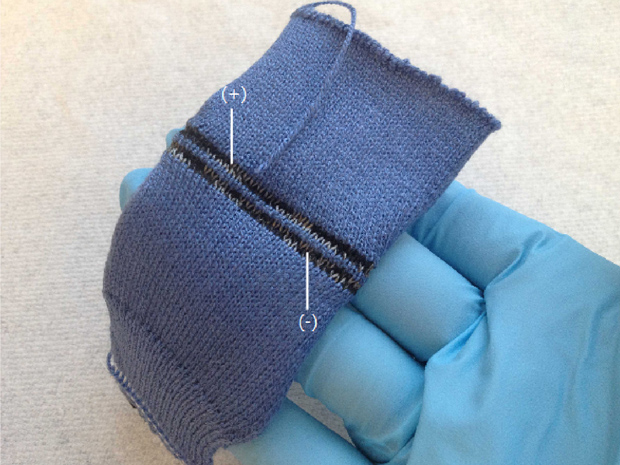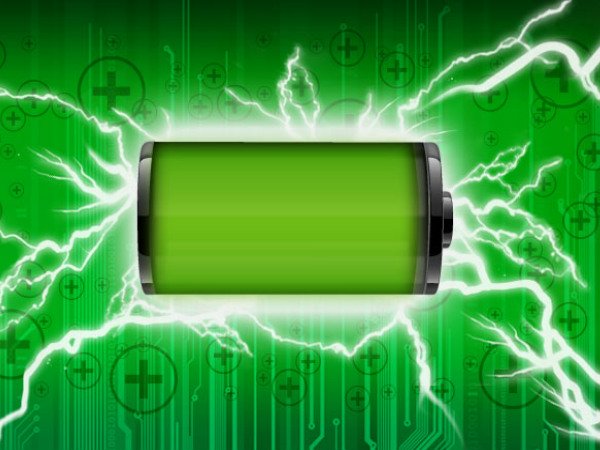 Electric vehicles are the future best environmental friendly solution for city transport.
Electric vehicles are the future best environmental friendly solution for city transport.
Following this idea the German government plans to have one million electric vehicles on the streets till 2020. Until then the researchers have to solve the issue of energy storage. Lithium-ion batteries give a limitative solution because of many hours necessary to charge them.
Scientist from the Fraunhofer Institute for Chemical Technology-ICT in Pfinztal Germany have seen an alternative possibility in redox flow batteries. “These batteries are based on fluid electrolytes. They can therefore be recharged at the gas station in a few minutes – the discharged electrolyte is simply pumped out and replaced with recharged fluid,” says engineer Jens Noack from ICT. “The pumped-off electrolyte can be recharged at the gas station, for example, using a wind turbine or solar plant.”
Redox flow batteries principle is already known – two fluid electrolytes containing metal ions flow through porous graphite felt electrodes, separated by a membrane which allows protons to pass through it. During this exchange of charge a current flows over the electrodes, which can be used by a battery powered device.
Until now, redox flow batteries have had the disadvantage of storing significantly less energy than lithium-ion batteries. The electric vehicles would only be able to cover about a quarter of the normal distance – around 25 kilometers – which means the driver would have to recharge the batteries four times as often. “We can now increase the mileage four or fivefold, to approximately that of lithium-ion batteries,” Noack says.
The researchers have already produced the prototype of a redox flow battery cell and they are going to assemble several cells into a battery to optimize them. This further development is being carried out with colleagues from the University of Applied Sciences, Ostphalia, in Wolfenbüttel and Braunschweig. They are testing electric drives and energy storage units on model electric vehicles that are only a tenth of the size of normal vehicles. The research team has already built a traditional redox flow battery into a model vehicle and in the coming year they will integrate the new battery, with four times greater mileage, into a model vehicle.



